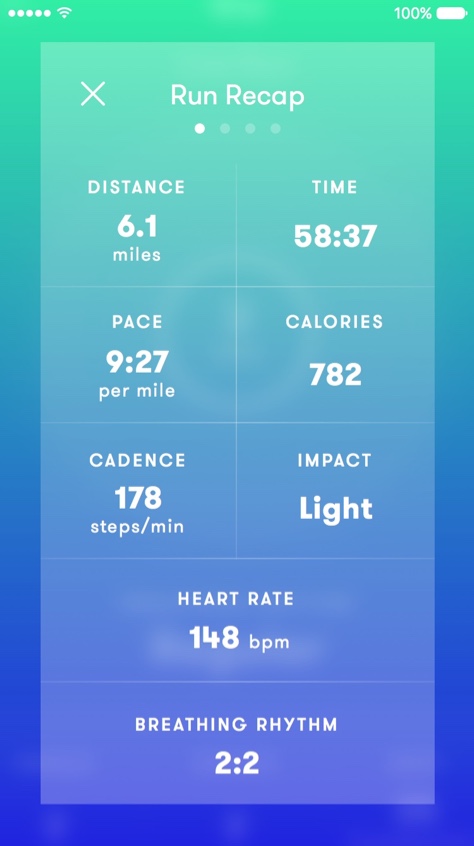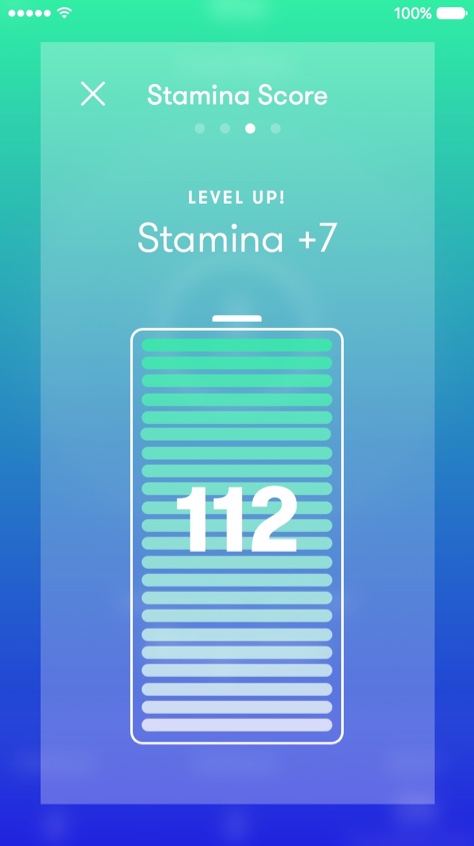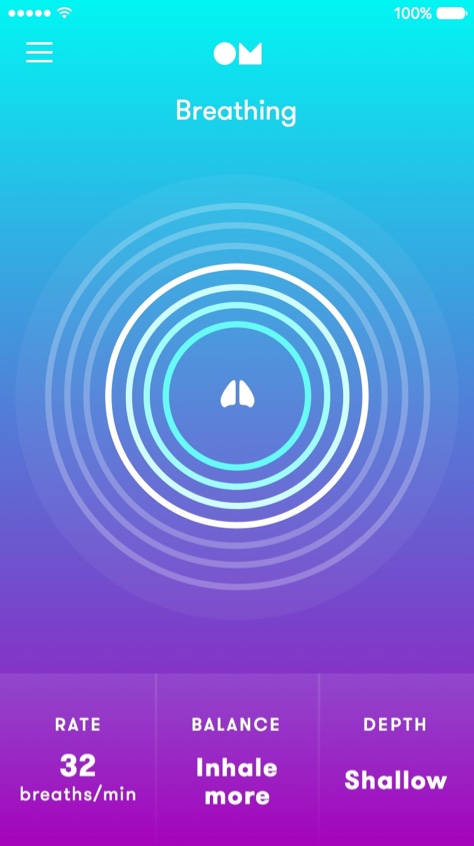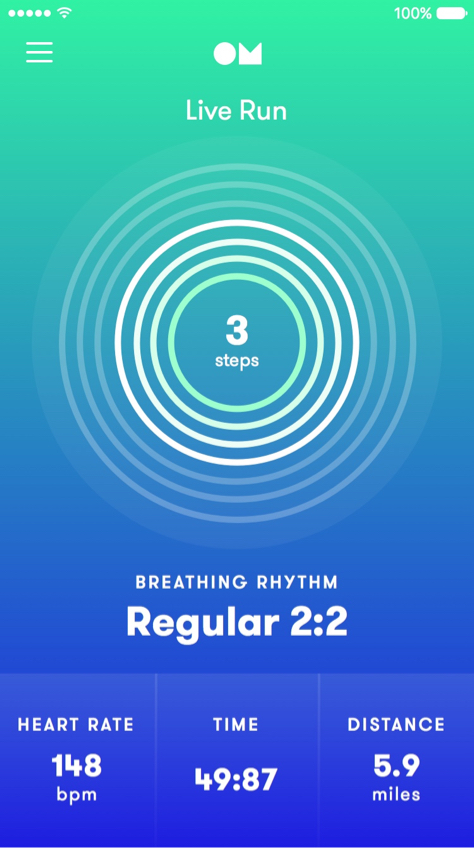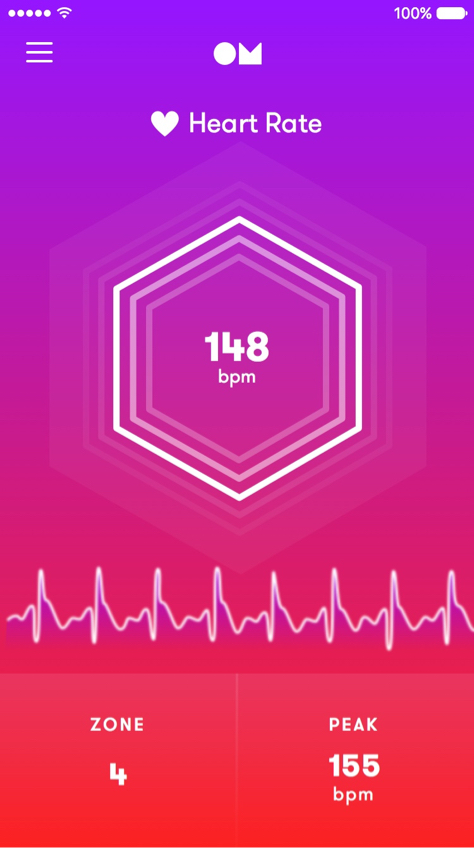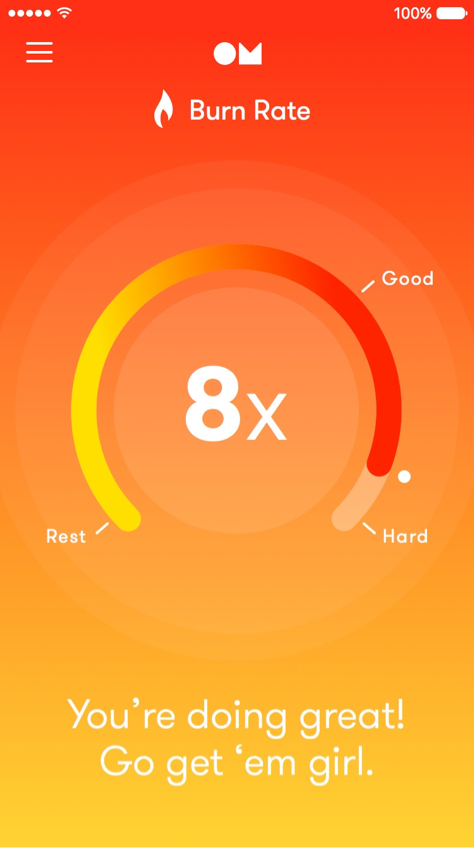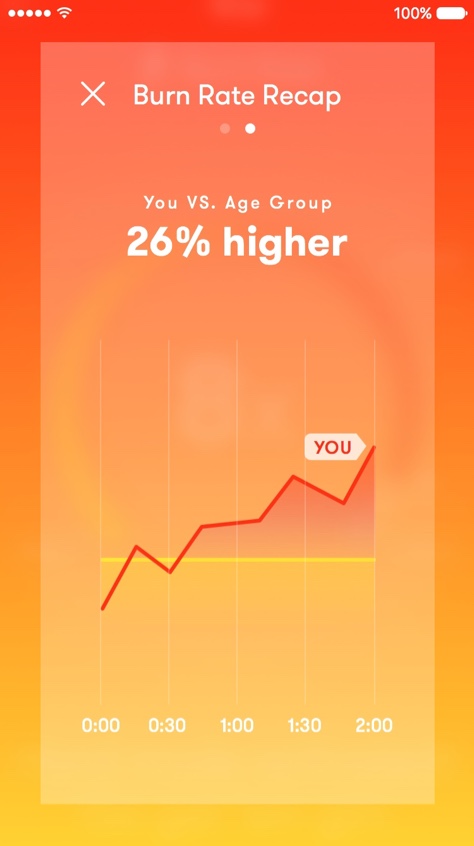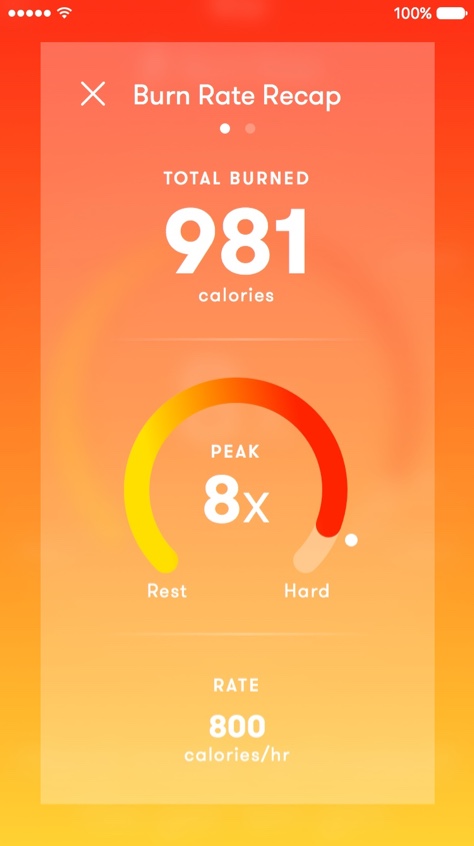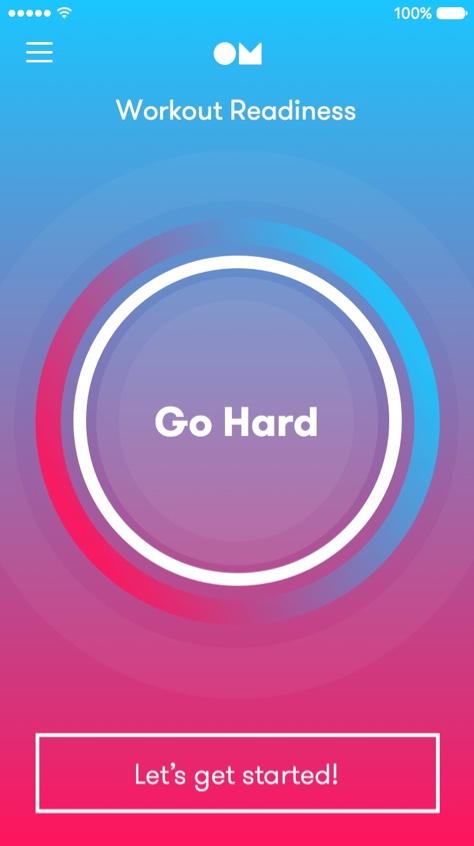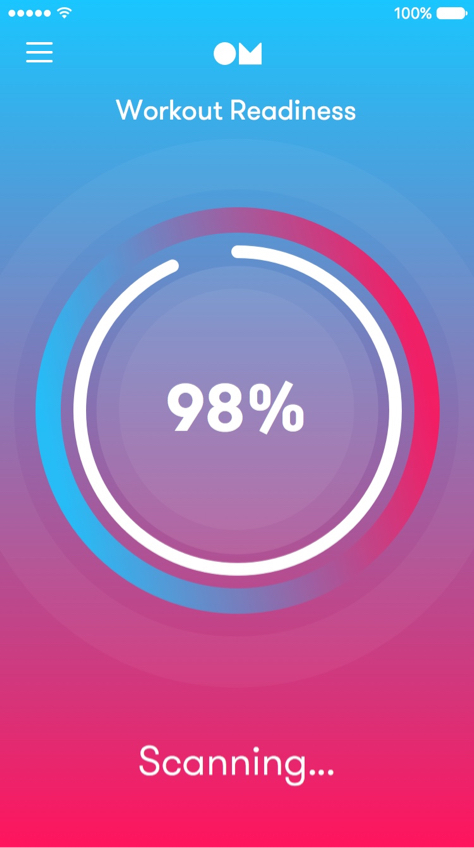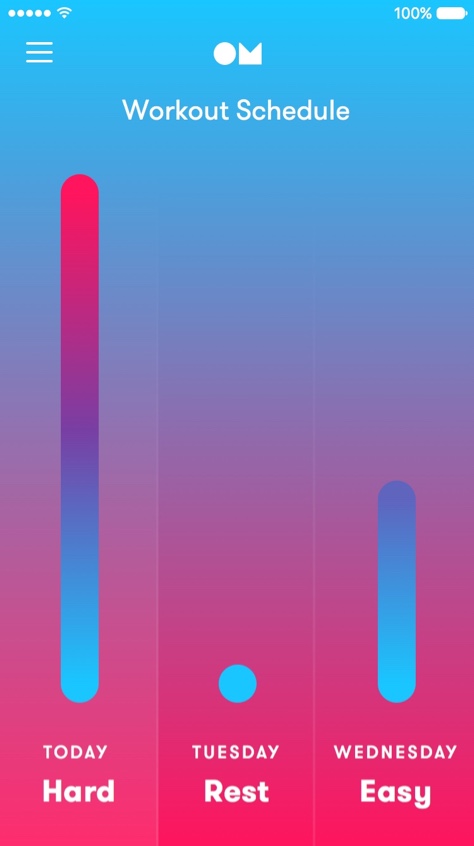Smart clothing is likely to make a splash in 2016, and one of the leaders could be OMsignal. The company already offers a line of men’s OM Smart Shirts, and it just upped its own game with an early announcement at CES 2016.
The OMbra is the sports bra you have been dreaming of. Just like OM Smart Shirts, the OMbra can track a plethora of biometric fitness data, but it’s also very comfortable.
A high quality sports bra with support
A sports bra that’s smart might be a plus, but it has to be comfortable. That’s why OMsignal tested and developed 1,633 prototypes to finalize the perfect fit. The company found that over 70 percent of women don’t pick the right bra size and that the straps are the most common complaint. It was also revealed that woman tend to run differently based on how much support their bra has. The OMbra solves all of these problems with four well thought out components.
It has a stretchable fabric that is made from a blend of polyester, nylon, and elastane, and that can conform to the body’s shape while moving. The front and back of the bra include mesh panels that are antimicrobial with sweat-wicking properties to keep you dry. The OMbra also includes adjustable straps that can be altered depending on the activity, the top being worn over it, or one’s mood. Finally, the OMbra sports removable padding to accommodate different cup sizes.
A breakthrough in sports tech
The OMbra might be the most comfortable sports bra you will ever wear, but it will also push your performance to the next level. It includes OMrun, which helps runners track all the data they could ever want. You will find a lot of the usual suspects like distance, cadence, pace, heart rate, and calories, but the OMbra, along with OMrun, goes further by offering a range of unique insights via the smartphone app:
Running economy
This is much like the fuel economy in a car. It measures how much oxygen it takes you to travel a certain distance. The lower the oxygen consumption, the higher your performance will be.
Breathing rhythm
This feature tracks your footsteps for each breath in or out. An example might be a 2:2 rhythm, which means that you take two steps while breathing in and two steps while breathing out. The more in-sync your breathing is with your steps, the less likely your respiratory system will tire.
Fatigue gauge
This metric is a based on calculations of your state of rest before, your biometric effort during, and your state of tiredness after each run in the last 14 days. Other technologies provide something similar, but they only use the heart rate as the source of information. The OMbra and OMrun use not only the heart rate, but also use heart rate variability (HRV), as well as proprietary breathing alogorithms to calculate your Fatigue Gauge.
Biometric effort
The level of effort your body put into each run is shown in the Biometric Effort. The calculation is based on your heart rate, breathing rate, and heart rate variability. This rate, which is scored from 1 to 10 (max effort), will ensure that you don’t overtrain.
Biometric coach
This element will analyze your performance and goals to determine if you could have pushed yourself a little harder. It will also provide tips based on your other metrics.
Availability and pricing
The OMbra and OMrun will be available in the spring and pricing is expected to come in at around $150. You can signup here to get early access.

